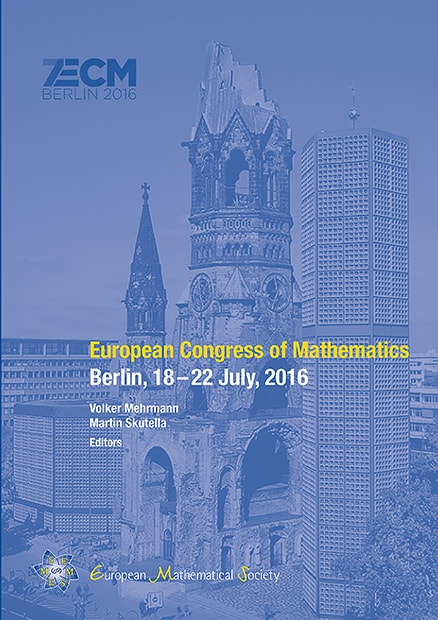Diffusion, optimal transport and Ricci curvature
Giuseppe Savaré
Università di Pavia, Italy

A subscription is required to access this book chapter.
Abstract
Starting from the pioneering paper of Otto-Villani [73], the link between Optimal Transport and Ricci curvature in smooth Riemannian geometry has been deeply studied [35, 86]. Among the various functional and analytic applications, the point of view of Optimal Transport has played a crucial role in the Lott–Sturm–Villani [69, 84, 85, 87] formulation of a “synthetic” notion of lower Ricci curvature bound, which has been extended from the realm of smooth Riemannian manifold to the general framework of metric measure spaces , i.e., (separable, complete) metric spaces endowed with a finite or locally finite Borel measure .
Lower Ricci curvature bounds can also be captured by the celebrated Bakry–Émery [21] approach based on Markov semigroups, diffusion operators and -calculus for strongly local Dirichlet forms [22].
We will discuss a series of recent contributions [5, 7–9, 12, 38] showing the link of both the approaches with the metric-variational theory of gradient flows [6] and diffusion equations. As a byproduct, when the Cheeger energy on is quadratic (or, equivalently, the Sobolev space is Hilbertian), we will show that the two approaches lead to essentially equivalent definitions and to a nice geometric framework suitable for deep analytic results.